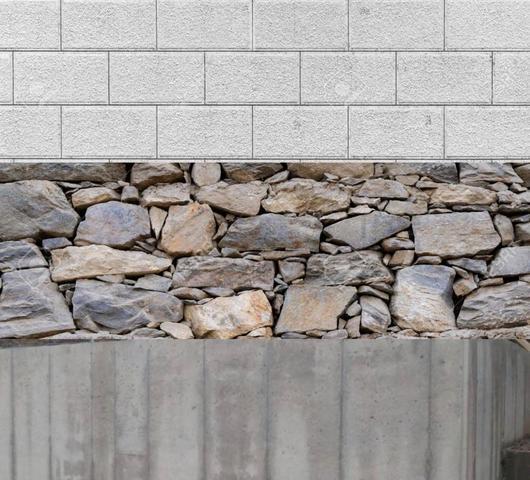Crawl Space Science- What Lies Beneath
There are many problems that can occur within your crawl space, even though you may not know it. I'm going to explain to you what some of these are and why they happen.
The Dirt Crawl Space Problem

The #1 problem within a crawl space is moisture living inside. The moisture comes from two sources: the ground and the outdoor air. Having a crawl space with exposed earth contributes to a lot of water vapor in the crawl space air. The earth is damp, and as the damp soil dries beneath the house, the water vapor moves upward. Exposed earth adds a continuous stream of water vapor into your home. In most dirt crawl space situations, you can never dry the earth.
Other Ways Water Gets into a Crawl Space
Groundwater- seeps, leaks, and even rush into many crawl spaces. It typically enters under the footing, between the footing and the walls, and right through block walls and through cracks in poured walls. After it seeps in, it just lies there in puddles, slowly evaporating upward into the house. The type of crawl space will you have oftentimes reflects why you might be having these issues.
Foundation wall types- The type of walls that your crawl space has might also play a factor into why water is intruding.
- block walls: These walls are porous and have a lot of imperfect mortar joints in them. They suck up water from the ground, making a wet surface on the inside of the crawl space walls to evaporate into the house.
- poured concrete walls: These walls are made of solid concrete. They are more common in newer homes. Usually, there isn't any air or water penetration unless there's a hole or crack or pipe penetration.
- stone walls: You will most often find stone walls in older homes. These walls often times leak both water and air.
If water is intruding your crawlspace, or it is exposed to the earth, give us a call. We are always happy to schedule you a free inspection and send one of our educated Design Specialists out to be the solution to your worry!


